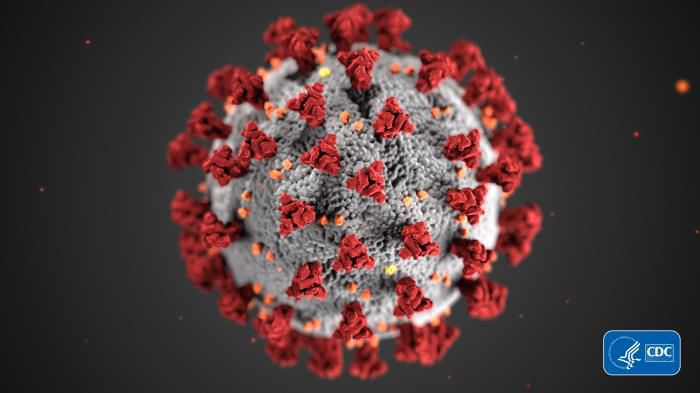Breaking down CDC’s COVID-19 comorbidity information
Published 7:00 am Thursday, September 24, 2020

- COVID-19
LA GRANDE — New data from the Centers for Disease Control and Prevention show a small percentage of the nation’s known COVID-19 deaths list the disease as the only cause, while the vast majority of people who have died with the disease had multiple additional underlying conditions.
Trending
Controversy nationwide has stirred since about what to make of the information and what it says of the lethality of the virus, which has about 200,000 deaths attributed to it since the start of the pandemic, but a recovery rate in known cases of 97.1%
According to the CDC website, of the 179,927 deaths in the data — which, it said, lags a few weeks behind other death information — 6% of COVID-19 mortalities list it as the only cause.
A breakdown of the data shows this accounts for roughly 10,800 cases with COVID-19 as the only listed cause of death. The other 94% of COVID-related deaths have an average of 2.6 comorbidities along with COVID-19, meaning on average there were 3.6 causes that contributed to a patient’s death.
Trending
The data doesn’t indicate whether the onset of COVID-19 triggers a comorbidity but does further show the effects underlying conditions have on how a person fares if they contract the virus. As an example, in the data, 29,425 of those with COVID-19 listed among the causes of deaths also list diabetes, and more than 21,000 of those deaths are of people 65 or older. Hypertensive diseases are listed as a comorbidity in 39,547 cases, and ischemic heart disease — or a hardening of the arteries — is named in 20,327 cases.
The most common comorbidities, though, are influenza and pneumonia, which are listed in 77,012 cases — more than 59,000 of them patients 65 or older. Respiratory failure is named as a shared cause in 61,785 deaths, and ARDS — adult respiratory distress syndrome — is named 23,910 times.
In a little more than 11% of cases — 20,484 — dementia is listed as an additional cause of death, and Alzheimer disease is named 6,365 times. Renal failure was an added factor in 15,733 deaths, and sepsis in 16,222 cases.
There also are 5,930 deaths where a comorbidity to COVID-19 is “intentional or unintentional injury, poisoning and other adverse events.” Malignant neoplasms, or cancerous tumors, were a comorbidity in 8,264 cases.
The individual state data show Oregon’s picture through early August, when the state had a reported 336 COVID-19 deaths. Flu and pneumonia, like nationwide, was the most common additional cause, named in 108 of the 336 cases. Respiratory failure was listed 97 times. The rest of the top five comorbidities were diabetes (56 cases) dementia (53 cases) and hypertensive disease (51 cases).
The CDC guidance also says COVID-19 can be listed as a probable or presumed cause of death.
“In cases where a definite diagnosis of COVID–19 cannot be made, but it is suspected or likely (e.g., the circumstances are compelling within a reasonable degree of certainty), it is acceptable to report COVID–19 on a death certificate as ‘probable’ or ‘presumed,” according to the CDC. “In these instances, certifiers should use their best clinical judgement in determining if a COVID–19 infection was likely. However, please note that testing for COVID–19 should be conducted whenever possible.”
This has been the case in a few of Oregon’s COVID-19-related deaths.
At least four of them state “The death certificate listed COVID-19 disease, or SARS-CoV-2, as a cause of death or a significant condition contributing to death,” while noting they did not test positive for the disease. Two others are listed as COVID-19 deaths after coming in contact with a confirmed case and then showing symptoms.
All told in Oregon about 25 people died of COVID-19 either without underlying conditions or with the presence of them unconfirmed.
Oregon Health Authority did not respond to multiple requests for comment to help explain the state’s data.









